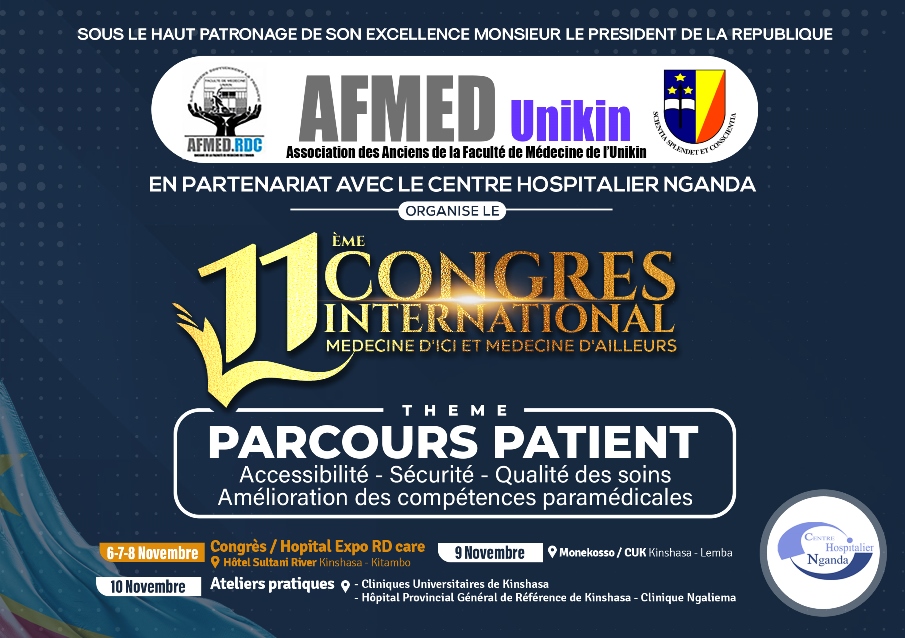SUMMARY
Child mortality in DRC is one of the highest in Africa. In DRC both acute and chronic kidney injury contribute to the high rate of child mortality and to the poverty. Genetic background, including specific risk variants (G1 and G2) in the APOL1 gene, is recognized as major contributor to the burden of kidney diseases, and consequently ESRD in African population. The adequate treatment mostly requires replacement renal therapy (RRT) which is generally unavailable or financially inaccessible in resource-limited countries, such as DRC. Therefore, identifying renal high risk individuals or groups and the early detection and management of both acute kidney injury (AKI) and chronic kidney disease (CKD), are important as a rationale strategy to mitigate the negative impact of kidney diseases on the individual, family and community levels. The ultimate goal of my PhD thesis was to improve the management of kidney diseases in children in DRC. Thus, my fourfold objective was to improve treatment of AKI in children, to promote preventive strategies and early detection of CKD in pediatric general population and in target risk groups, including HIV-infected children, to investigate the contribution of genetic risk factors to the prevalence of kidney disease and finally to contribute to the understanding of the molecular mechanisms by which the specific genetic risk factor (APOL1) induces kidney injury.
In the first chapter, we aimed to optimize treatment of AKI in children in DRC. With the joint support of the Flemish Inter-University Council (VLIR) TEAM project and Saving Young Lives (SYL) program of ISN, ISPD, EuroPD and IPNA, we succeeded in establishing the first pediatric acute peritoneal dialysis (PD) program in DRC, using locally produced dialysis fluids. Over 12 months o the implementation, this pediatric dialysis program has remarkably improved the access to dialysis treatment and survival of children with AKI in Kinshasa. This experience complements those from other PD sites in Africa indicating that with simple means we can effectively save lives of children suffering from AKI. In addition, it reveals the importance of internal cooperation between teams working in resource-limited countries within Africa with the support of high income countries outside of Africa, specifically Europe as in our case. Our ultimate goal is to extend this experience to other provinces across the country, in order to contribute more efficiently to the decline of child mortality related to kidney diseases in general and especially due to AKI in DRC.
In the second chapter, we report a high prevalence of early kidney disease in both healthy and HIV-infected children in DRC. On the other hand, investigating the specific genetic risk factor (APOL1), we found high prevalence of APOL1 HRG in both general pediatric population (7.0 %) and HIV-infected children (5.7%). In addition, we observed that carriers of APOL1 HRG have increased odds of having early kidney disease, and that the superfluous infection with HIV dramatically increases this probability. This is the first study to report the high burden of APOL1 risk variants in a pediatric population from Central Africa and is one of the few studies showing the association of APOL1 HRG with early kidney damage in the general pediatric population and HIV-infected children
In the third chapter, we aimed to contribute to the understanding of molecular mechanism of APOL1-induced podocyte injury. To date the cellular function of APOL1 is still unknown and the precise mechanisms by which specific risk variants of APOL1 (G1 and G2) induce a deleterious effect on the podocyte remain unclear. We succeeded to generate a podocyte cell model derived directly from the urine of a human carrying APOL1 HRG (G2/G2). This podocyte cell model is of interest for the future research to investigate the cellular function of APOL1 and the podocyte disease in vitro in order to better unravel the mechanism of APOL1-induced podocyte injury.
In conclusion, in this PhD thesis, we provide evident epidemiological and interventional data on kidney diseases in children in DRC. These data can be properly exploited for advocacy purposes to government authorities as well as for the further development of strategies for the prevention and treatment of kidney diseases in children in DRC.









